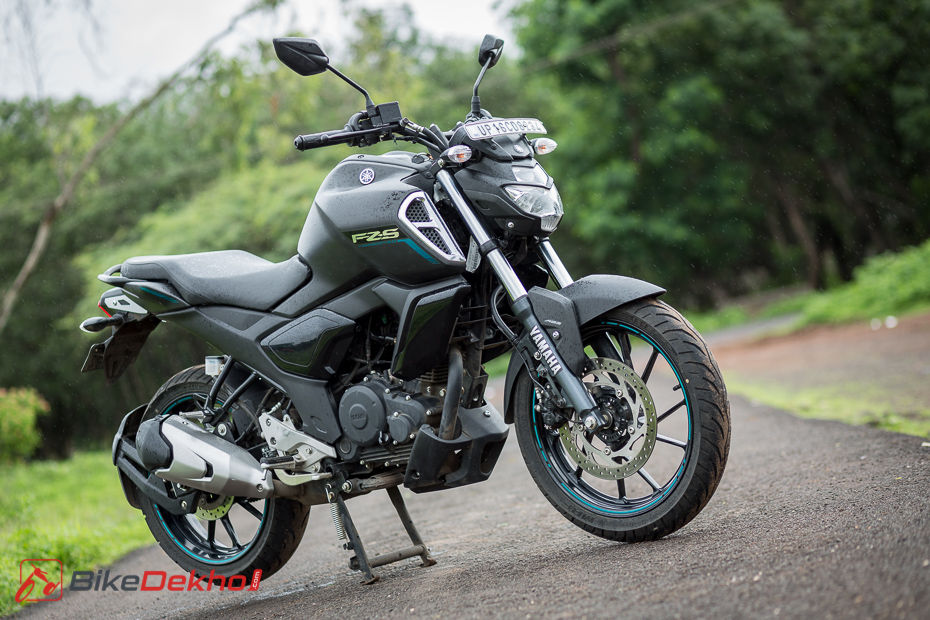Yamaha FZS-FI Version 3.0: Pros, Cons, Should You Buy One?
Modified On Jun 3, 2020 12:41 PM By Gaurav Sadanand for Yamaha FZS-FI V3
- 5112 Views
- Write a comment
Here’s what works in favour of the Yamaha’s best selling bike, the FZS-Fi, and what doesn’t

The FZ series has been one of the best selling bikes to ever come out of Yamaha’s stable. However, over the years, the bike has become a lot more expensive while quality levels have taken a massive hit. So, does the Yamaha FZS-Fi V3 still make a good argument for itself against rivals? Here’s what works in favour of the FZS-Fi and what doesn’t.
Also Read: Yamaha FZS-Fi vs TVS Apache RTR 160 4V: Road Test Comparison
Pros:
Comfortable riding posture:

Granted, the FZ was a good handler in its heydays, but over the years it has transitioned to being more city-oriented. For this, Yamaha has raised the bike’s single-piece handlebar by 22mm and positioned it closer to the rider. Couple this with slightly rear-set footpegs and you have a comfortable, upright riding posture. Adding to the overall ride experience is the FZ’s well-cushioned single-piece seat.
Quite fuel-efficient:

While the engine isn't as powerful as its rivals it more than makes up for it by delivering impressive fuel-efficiency figures. To put things into perspective, the bike returned 49.31kmpl in the city and an impressive 55.42kmpl on the highway in our tests.
Powerful Brakes:

The highlight has to be the FZ’s braking setup. The disc brakes at both ends offer great bike and progression through the levers, while the single-channel ABS setup ensures you don’t lock the front end even in slippery conditions.
Cons:
Engine Lacks Punch:

The Yamaha FZS-Fi Version 3.0 packs a smaller 149cc fuel-injected motor compared to its rivals in the 150-160cc segment. It’s essentially the same fuel-injected engine that’s been carried over from the V2 which was downsized to extract more fuel-efficiency. Consequently, it lacks punch!
Also Read: Yamaha FZS-Fi V3.0 vs Honda CB Hornet 160R: Real-World Performance Comparison
Headlight lacks intensity:

While the FZ’s LED headlight offers decent throw and spread at night compared to the FZ25 and the YZF-R15 V3 it still lacks intensity and sharpness, forcing you to strain your eyes. It could also be problematic while riding at night on highways at high speeds.
Build Quality:

The overall build feels fairly solid, however, there’s a huge difference in terms of quality compared to the bikes the company produced a couple of years ago. The quality of plastics has taken a massive hit as the panel gaps are quite inconsistent.
Also Read: Yamaha FZ Through The Ages: FZ-16, FZ-Fi, FS-S and more
Should you buy one?

You’d be better off with options like the TVS Apache RTR 160 4V (Rs 99,101) which offers better performance and is more fuel-efficient compared to the FZ (Rs 98,180). We will soon be riding the 2019 Suzuki Gixxer, which should give us a better idea of where the FZS-Fi stands, so stay tuned for our first ride impressions.
All prices ex-showroom, Delhi*
